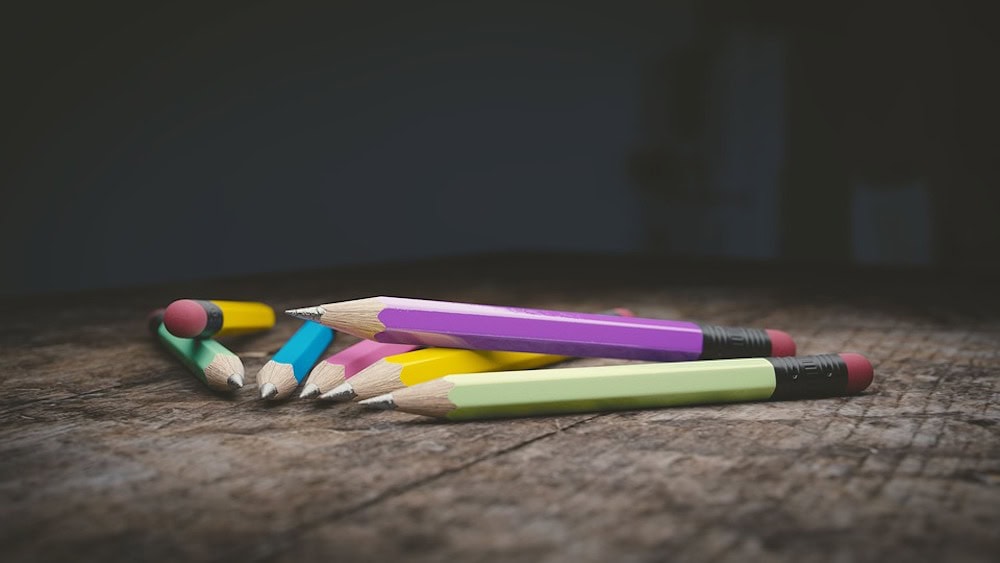
[Image above] Billions of pencils are produced each year—what goes into making each one? Credit: Pixabay
In my free time, I am an avid devourer of books. From sci-fi and fantasy to history and biography, nothing is off limits (barring horror).
While my long-term goal for this year was to read all 40-ish books in the Darkover series, I took a break every few novels to branch out and explore other books of interest. And during one of those breaks is when I had the pleasure of reading “Stuff Matters” by Mark Miodownik. (Check out our review of the book here.)
Miodownik is professor of materials science and mechanical engineering at University College London. In his book “Stuff Matters,” Miodownik takes a look at how materials shape our everyday lives by examining the materials present in a photo of him drinking tea on his rooftop patio.
Ceramic and glass materials show up numerous times throughout the book, including in skyscrapers (concrete), drinking vessels (wine glasses), and roof tiles (terracotta). In chapter 8 particularly, on carbon and its many allotropes, Miodownik highlights one device you may even be using right now: a pencil.
Pencils are one of the most well-known applications of graphite—even the word graphite has this application in mind, coming from the German Graphit, which derives from the Greek word graphein, “to write.”
Graphite is considered a ceramic because it is nonmetallic and inorganic, yet unlike most ceramics, graphite is soft and wears easily. Graphite is also really good at blocking light, which makes it the perfect material for completing a Scantron test.
Since the first known pencil manufacturing factory opened in 1832, billions of pencils are produced now each year. How is such large-scale production possible? The answer to that question lies in today’s video by Germany-based manufacturer Faber-Castell.
Faber-Castell, founded in 1761, is one of the world’s largest and oldest manufacturers of pens, pencils, office supplies, and art supplies. The company operates 14 factories and 20 sales units, which produce more than 2 billion pencils in 120 different colors every year.
In the video, you’ll see how pencil lead is made (hint: it’s not just graphite in the core), how lead is placed within the wooden casing, and how quality testing is conducted before the pencils are shipped to stores.
(For the same video in other languages, check out their YouTube page.)
The next time you grab a pencil, take a moment to consider the work that goes into creating such a simple yet integral product to our modern world. What other products also have such backstories?

Credit: Faber-Castell, YouTube
Author
Lisa McDonald
CTT Categories
- Manufacturing


